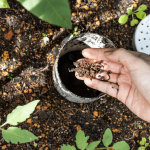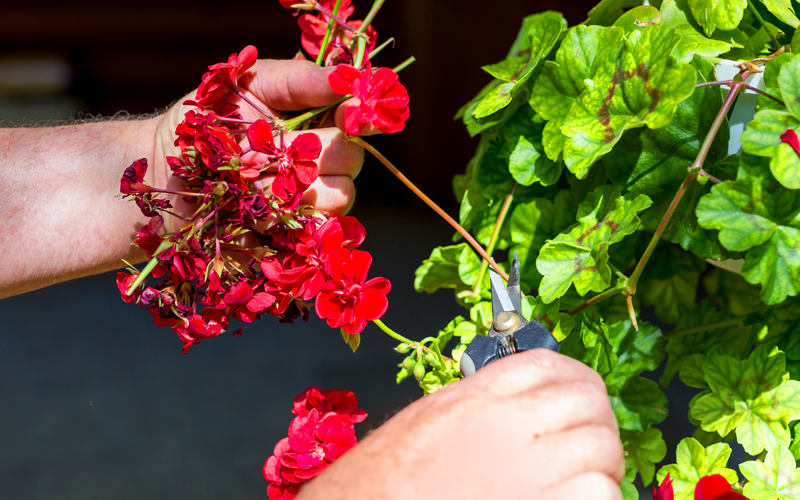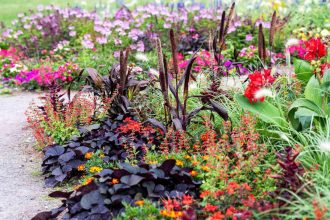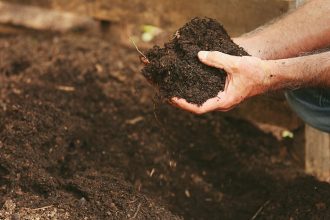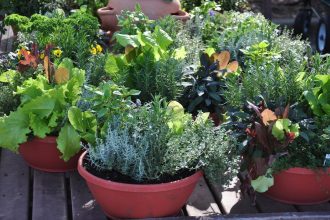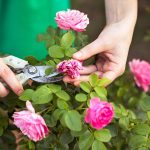In the world of gardening, there is an art to caring for your flowers that goes beyond watering and sunlight. Pruning and deadheading are critical techniques that can help your blooms reach their full potential. Whether you are a seasoned gardener or a newbie with a green thumb, mastering these skills can make a world of difference in the health and beauty of your garden. Join us as we delve into the world of pruning and deadheading, and unlock the secrets to flourishing flowers.

Preparing Your Tools and Equipment
Before you start pruning and deadheading your flowers, it’s important to gather all the necessary tools and equipment. Having the right tools will make the process easier and more efficient. Here are some essential items you will need:
- Pruning shears: Choose a sharp pair of pruning shears that are suitable for cutting through thick stems.
- Gloves: Protect your hands with a pair of gardening gloves to prevent cuts and scratches.
- Hand trowel: Use a hand trowel for digging and loosening soil around the base of the plants.
- Bucket or bag: Have a bucket or bag handy to collect the dead flowers and trimmings.
Once you have gathered all your tools and equipment, make sure they are clean and in good condition. Dirty or dull tools can damage the plants and make the pruning process less effective. It’s also a good idea to sanitize your tools before and after each use to prevent the spread of diseases between plants.
Understanding the Difference Between Pruning and Deadheading
Pruning and deadheading are essential tasks for maintaining the health and appearance of your flowers. While both involve cutting back plants, there are key differences between the two processes that every gardener should understand.
Pruning:
- Pruning is the act of cutting back specific parts of a plant to promote growth, shape, and overall health.
- It is typically done in the early spring or fall to remove dead or diseased branches, encourage new growth, and maintain the plant’s desired shape.
- Pruning helps to increase air circulation and sunlight exposure, reducing the risk of disease and promoting blooming.
Deadheading:
- Deadheading involves removing spent flowers from a plant to encourage new blooms and prolong the flowering season.
- It is usually done throughout the growing season as flowers fade, preventing the plant from expending energy on seed production.
- Deadheading also promotes a tidy appearance and prevents self-seeding in the garden.
Identifying When and How to Prune Different Types of Flowers
Pruning and deadheading your flowers is an essential task for any gardener looking to maintain healthy and vibrant blooms throughout the growing season. Different types of flowers require different pruning techniques, so it’s important to know when and how to prune each variety to ensure optimal growth and flowering.
Roses: Roses are a popular choice in many gardens, but they require regular pruning to promote new growth and flowering. Deadheading spent blooms can encourage the plant to produce more flowers, while pruning back older canes can help maintain a healthy shape and structure.
Lavender: Lavender is a fragrant and beautiful plant, but it can become woody and unruly if not pruned properly. To keep your lavender looking its best, be sure to trim back the flower spikes after they have finished blooming and prune back any dead or overgrown branches.
Hydrangeas: Hydrangeas come in a variety of shapes and sizes, so it’s important to know which type you have before pruning. For most hydrangeas, deadheading faded blooms and removing any dead or weak stems in the spring can help promote new growth and larger flowers.
Tips and Techniques for Properly Pruning and Deadheading Flowers
Pruning and deadheading your flowers is an essential part of maintaining a healthy and beautiful garden. Properly caring for your plants can help promote new growth, improve flowering, and prevent the spread of diseases. Here are some tips and techniques to help you effectively prune and deadhead your flowers:
Pruning Tips:
- Use the right tools: Make sure to use sharp, clean pruning shears to make clean cuts and prevent damage to your plants.
- Identify dead or damaged branches: Remove any dead or diseased branches to improve the overall health of the plant.
- Prune at the right time: Timing is crucial when pruning. For most flowering plants, it is best to prune in early spring before new growth appears.
Deadheading Techniques:
- Pinch or snip faded flowers: Deadhead by pinching or snipping off faded flowers just below the base of the flower to encourage new blooms.
- Remove seed heads: Prevent seed development by removing spent flowers before they go to seed.
- Deadhead regularly: Make deadheading a regular part of your gardening routine to promote continuous blooming throughout the season.
As you venture into the art of pruning and deadheading your flowers, remember to approach each plant with care and attention to detail. By following the simple steps outlined in this article, you’ll help your flowers thrive and bloom to their full potential. So grab your shears and get ready to give your garden the love and care it deserves. Happy gardening!


